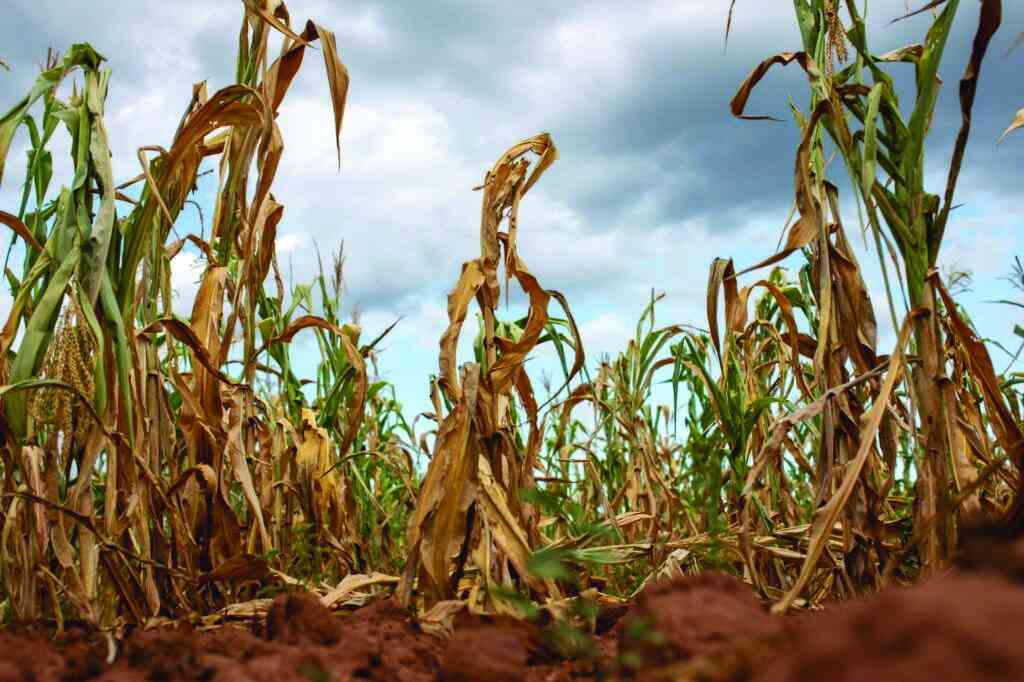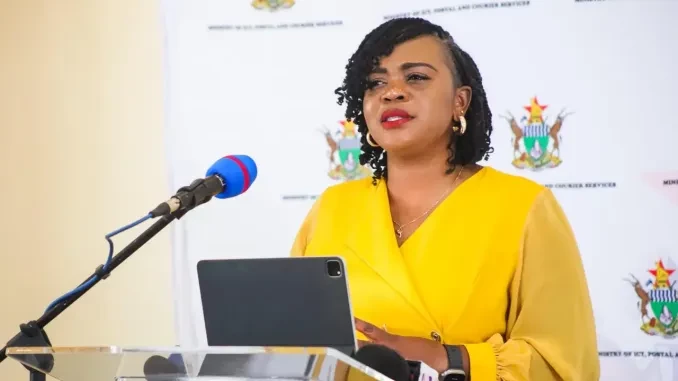
ARTIFICIAL Intelligence (AI) has become a tool to lean on in many aspects of life including making early warning signs on disasters. Natural disasters are wreaking havoc as they mainly come as a result of increases of air and water temperatures leading to rising sea levels, supercharged storms and higher wind speeds, more intense and prolonged droughts and wildfire seasons, heavier precipitation and flooding.
With the advent of AI, which uses the ingenuity of machines, one would wonder why the Meteorological Departments in Southern Africa do not make huge investments in deep learning techniques and semantic segmentation networks that are typically used for natural disaster analysis and response.
These are supported by convolutional neural networks (CNNs) with the precision to identify and locate respective areas within satellite imagery or other forms of remote sensing data that assists in disaster evaluation, rescue planning and restoration attempts.
AI can ensure long-term detection of possible adverse weather patterns in a long time like a month and/or even a year. This can potentially assist in avoiding adverse weather patterns like the ones witnessed in Southern Africa in the form of Cyclones such as Idai and El Niño.
The former brought horrific scenes of destruction in Southern Africa in the year 2019. Countries like Mozambique, Zambia ,Malawi and Zimbabwe endured the ferocious effects of the Cyclone idai. Nasty scenes of infrastructure destruction were witnessed.
Roads, bridges, houses, schools, churches, among others were swept away. At least 1 500 people lost their lives and many others were not accounted for and also lost their dear lives, due to this climate change induced cyclone whose name was Idai.
As if not enough, the 2023-2024 farming season was dampened by an El Niño-induced drought that has hit Africa and Southern Africa hard. The evident effects are that communities are suffering climate change-induced drought whose consequences are widespread hunger particularly among peasant farmers and the poor in urban communities.
An investment into AI technologies by Africa and Southern Africa can assist in analysing the weather patterns that can result in cyclones like the worst tropical cyclone idai, which is one of the worst cyclones to hit the Southern Hemisphere.
- Matiza’s widow in estate wrangle
- SA insurer targets Zim after US$2.4 million payouts
- Addressing climate change the green building way
- Hit hard by storms and forest loss, Zimbabweans building stronger homes
Keep Reading
Its long-lived effects caused disastrous damage, and a humanitarian crisis in Mozambique, Zimbabwe, Zambia and Malawi. To avert these kinds of disasters Google is building an AI platform to predict floods in India and warn users via Google search as noted by an article published by Forbes.
These investments can be in the form of long-term weather analysis of AI driven machine learning that can facilitate weather pattern analysis of up to a month or year.
These machines have mathematical algorithms and physical models aimed to simulate the physics of fluid dynamics weather.
These models are usually based on satellite images taken commonly in a year /month window.
Fundamentally, because of the volatile and complex weather patterns, the aforementioned models are huge and take a lot of computer resources to be performed.
Consequently, stressing the importance of AI in long-term weather patterns analysis.
The world is also experiencing a new normal generally described as climate change.
This climate change can cause chaotic behaviour of short climate periods.
This is generally referred to as short –term weather forecasting, also called now casting, with a reduced window of up to a few hours.
In this instance, the mathematical models can become too complex due to chaotic behavior of short climate periods. Given this, AI is used to simplify the computational calculations and reduce the time at which these are performed.
This really shows that in this era of climate change that generally brings crazy weather patterns, AI can be used to analyse the patterns of tornadoes, floods, droughts, and weather patterns.
Meteorological stations use radio frequencies to predict weather patterns. They too use gadgets like the medium access control (MAC) protocol for sensing and identifying existing protocols and types of an existing transmission used by CR users to adaptively change their transmission parameters and not only improve spectrum utilisation but facilitate the communications among heterogonous CR Networks.
The identification capability here necessitates the utilisation.
Radio frequency sensing and identification has been improved and made useful in weather forecasting particularly during this time of climate change in which precise forecasts are required to counter climate change induced weather disasters like El Niño, and Cyclone Idai.
This brings us to the need to encourage innovative measures in African and Southern African universities, polytechnics and vocational hubs to invent AI or machine learning tools that can achieve long term weather patterns analysis.
This can avert climate change induced dangers like Cyclone Idai and El Niño, through offering more reliable results with more resolution. This can be done by noticing the characteristics of temperature, pressure and humidity as they move through the air.
More recently various methods are used to measure atmospheric characteristics, such as temperature, pressure and humidity as they move through the air.
More clearly are radiosondes, radar, geostationary orbits, drones, visible satellites, infrared satellites and water vapour satellites. Some of these gadgets have traces of machine learning technology that are used in some of these weather forecasting methods to gauge the state of weather patterns, such as precipitation characteristics considering elements like location, motion and intensity in the case of radar, smokes, fires, and smog in the case of visible satellites.
Clouds, land temperature, and features on the ocean if we are talking of Infra-red satellites, and moisture content in the upper half of the atmosphere if we are referring to water vapor satellites.
However, Africa and Southern Africa need to fund applied research activities that can ensure the invention of machine learning used to predict weather patterns.
This is largely caused by challenges like incomplete or inaccurate data that can lead to erroneous predictions, undermining the reliability of the forecasts. Another challenge is the computational power required to run complex AI models during weather predictions. These models involve intricate calculations and data processing, which demand substantial computational resources.
This shows that continuous improvements, in terms of the available machine learning equipment, are needed.
This can ensure precise results necessary to cushion communities against climate change induced effects like Cyclone idai and El Niño.
Had these climate change induced disasters have been detected ahead of time communities would have been evacuated on time particularly in the case of Idai.
By the same token, if the 2023-2024 El Niño was detected earlier communities would have served grain than wantonly sale it or wastefully spent grain, expecting another good harvest, particularly peasant and marginalised communities.
AI and climate change are all contemporary and very infectious developments that came to the world.
The former is machine learning whose technological benefits can be used to analyse the dreadful effects of the latter, particularly through weather patterns formulation.
Africa and Southern Africa are lagging behind on AI, particularly using the function of machine learning to analyse patterns of climate change-induced disasters.
In instances where there is an AI facility to analyse weather patterns the challenge still remains that machines can at times give faulty data as a result of poor training data.
- Mabhachi is a freelance journalist and radio spectrum management activist and Sibanda is a researcher and digital communications expert.











